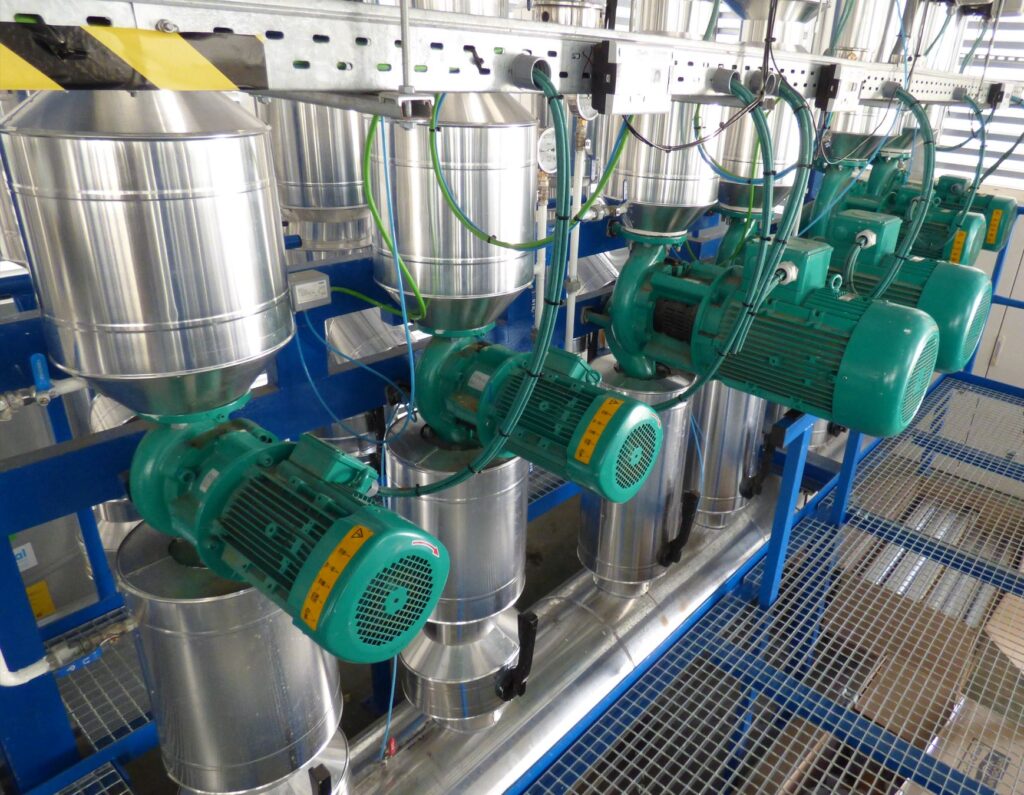
When designing an HVAC installation, it is essential to select the type of system that best suits the situation of each particular project, but it is even more important to provide for an installation that is energy efficient, with a direct impact on long-term economic savings and care for the environment.
The trend in recent years to achieve cost savings in the installation and operation of HVAC systems has led to the search for new alternatives to commonly designed schemes, especially in the current situation, when we are immersed in an energy price crisis due to rising gas and electricity prices.
Generally, HVAC installations consist of three parts:
– Cooling/heating production system
– Water pumping system
– Terminal units
Traditionally, HVAC systems were designed with constant flow pumping, where the pressure loss and thus the pumping power remain constant. These are installations that at partial loads can lead to very high pumping power consumption.
However, the selection of variable flow pumping allows the adjustment of the water flow to the demand of the building at any given moment, which means a significant energy saving that increases the efficiency of the installation, as is also shown in large projects developed by Savener.
From the point of view of the design of the installation, the hydraulic pumps are sized with an available pressure greater than the pressure drop they must overcome. When the installation has a constant flow rate, this increase in the pump’s working pressure results in additional energy consumption, which does not occur if the pump operates with a variable flow rate, as the working point of the equipment can be adjusted. This fact means a saving of 10-15% of energy at the working point at maximum demand of the installation compared to the consumption of pumping at constant flow.
Taking into account the operation of the installation with variable flow pumping, the working point of the pump can be adjusted to the real demand of the building at any given moment. This can lead to an estimated energy saving in pumping of up to 40% in partial load situations. Adding the two parts together, the savings in pumping at variable flow versus constant flow operation could be as high as 50%.
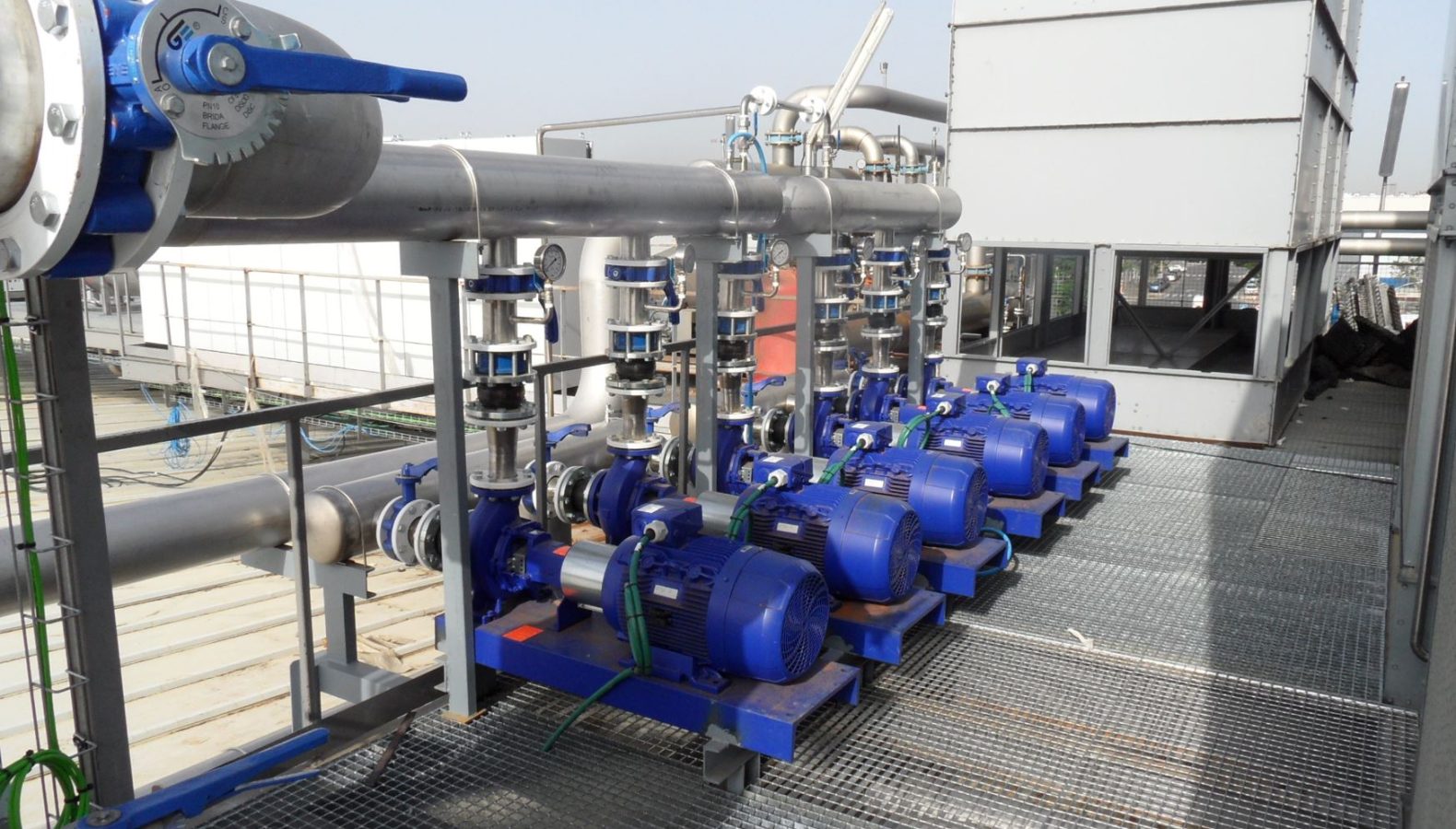
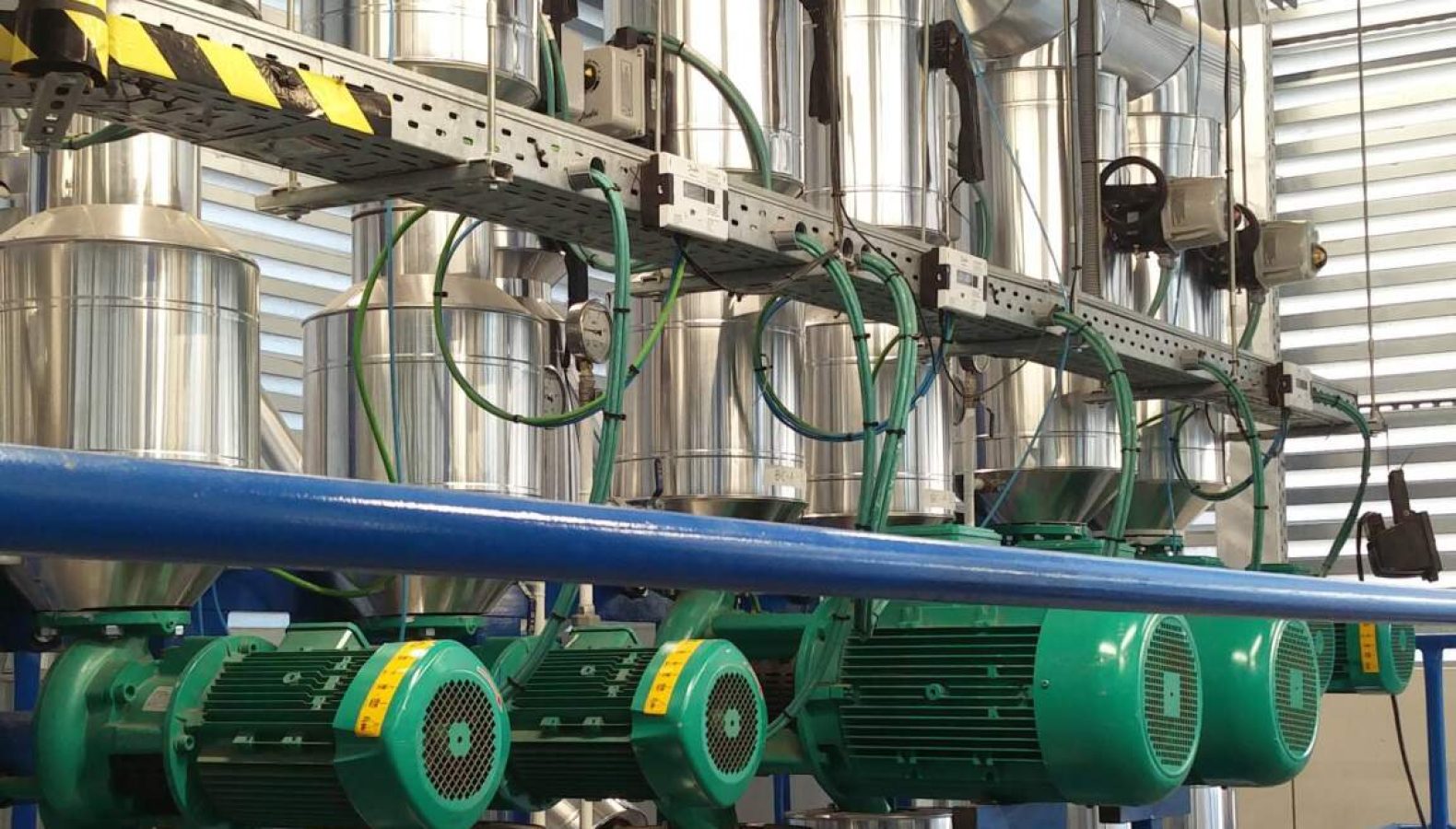
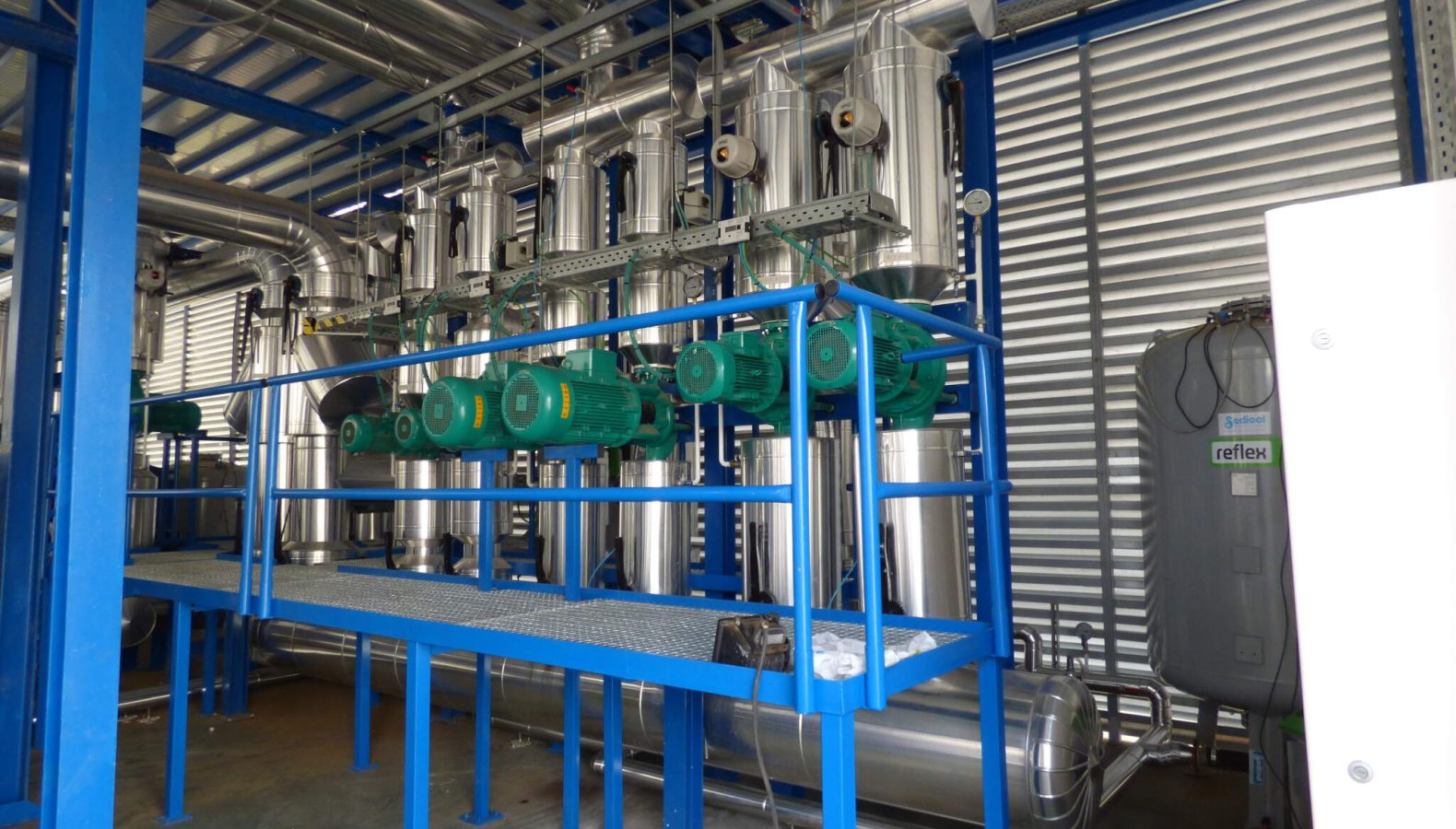
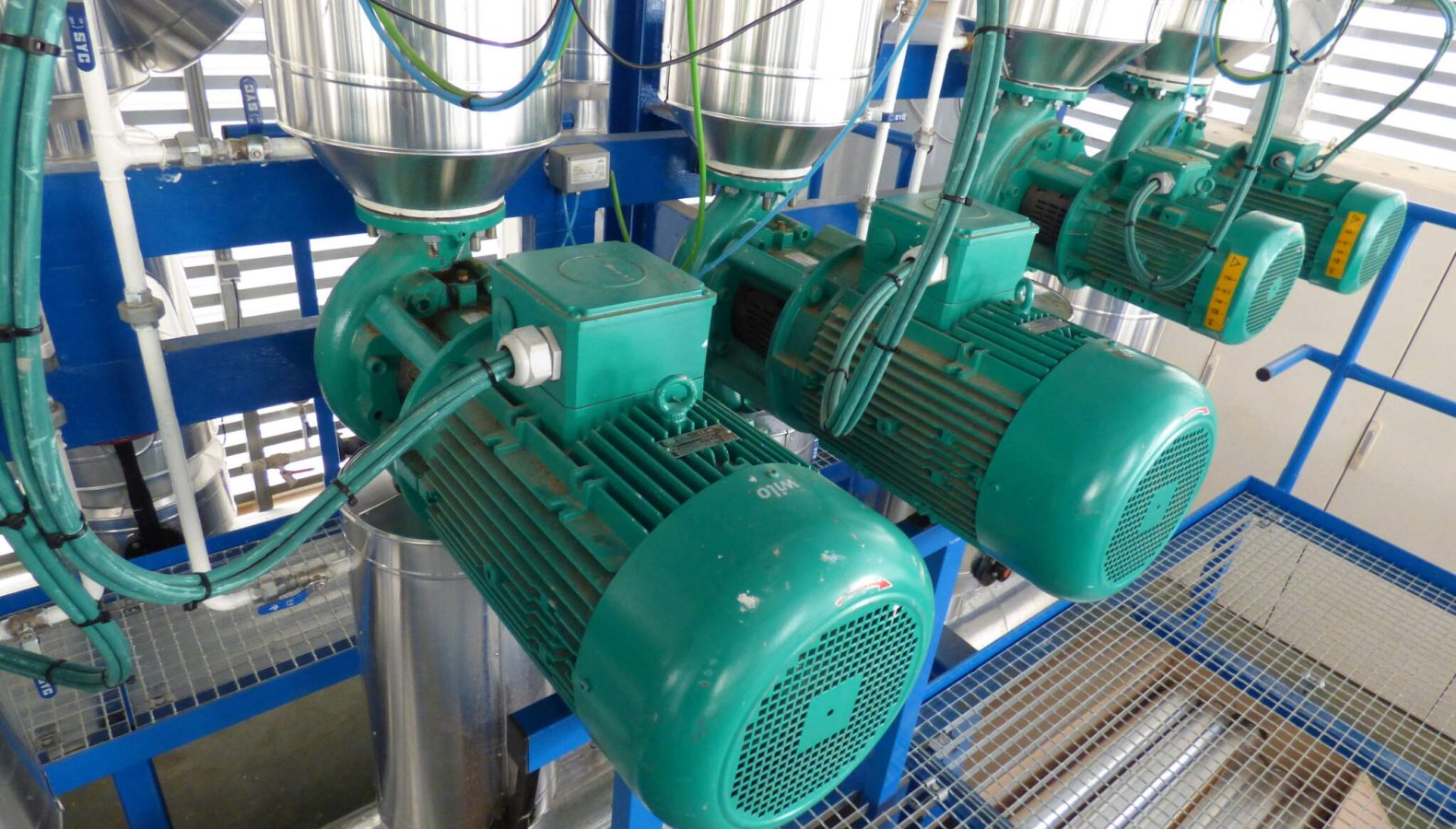
Although the selection of constant flow pumps may be a simpler installation to run and simpler to control, as shown above, variable displacement pumping is the optimal choice from an energy point of view, which also translates into financial savings in the long term.
Tomás Laguna. Mechanical Installations Department